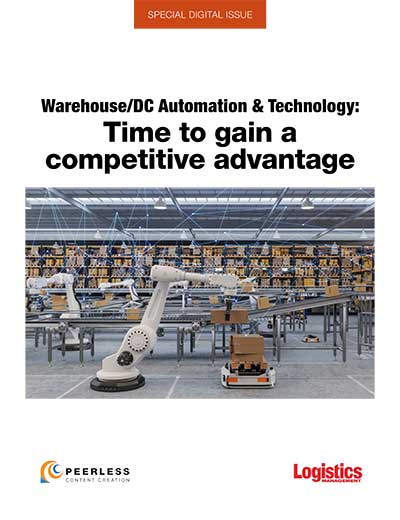Gartner survey: 47% of organizations will increase IoT investments despite COVID-19 impacts
By 2023, Gartner expects that one-third of companies that have implemented IoT will also have implemented AI in conjunction with at least one IoT project
Despite the disruptive impacts of COVID-19, 47% of organizations plan to increase their investments in the Internet of Things (IoT), according to a recent survey from analyst company Gartner.
Following the COVID-19 lockdown, the survey found that 35% of organizations reduced their investments in IoT while a larger number of organizations are planning to invest more in IoT implementations to reduce costs.
One reason behind the increase is that while companies have a limited history with IoT, IoT implementers produce a predictable ROI within a specified timeframe. “They use key performance indicators (KPIs) to track their business outcomes and for most of them they also specify a time frame for financial payback of their IoT investments, which is on the average three years,” said Benoit Lheureux, research VP at Gartner.
In addition, as IoT investments are relatively new, most companies have plenty of “low hanging fruit” cost-saving opportunities to pursue, such as predictive-maintenance on commercial and industrial assets like elevators or turbines, and optimization of processes such as increasing manufacturing yield.
As a result of COVID-19, 31% of respondents said that they use digital twins to improve their employee or customer safety, such as the use of remote asset monitoring to reduce the frequency of in-person monitoring, like hospital patients and mining operations. Gartner expects that by 2023, one-third of mid-to-large-size companies that implemented IoT will have implemented at least one digital twin associated with a COVID-19-motivated use case.
The enforcement of safety measures has also fueled the adoption of artificial intelligence (AI) in the enterprise. Surveyed organizations said they have applied AI techniques in a pragmatic manner. Twenty-five percent of organizations are favoring automation (through remote access and zero-touch management), while 23% are choosing procedure compliance (safe automation measures) in order to reduce COVID-19 safety concerns. For example, organizations can monitor work areas using AI-enabled analysis of live video feeds to help enforce safe social distancing compliance in high-traffic areas such as restaurants and manufacturing lines.
Gartner expects that by 2023, one-third of companies that have implemented IoT will also have implemented AI in conjunction with at least one IoT project.













